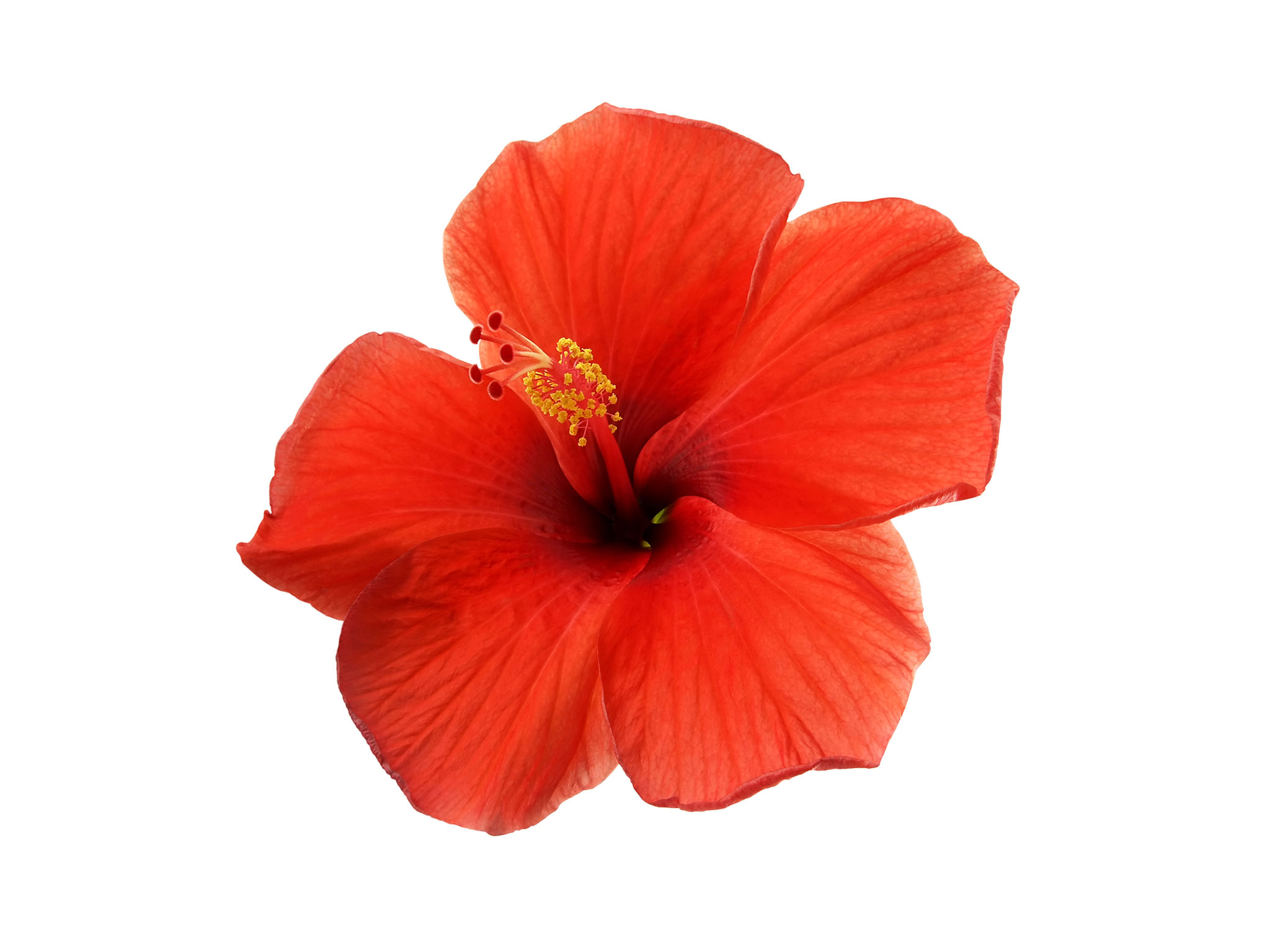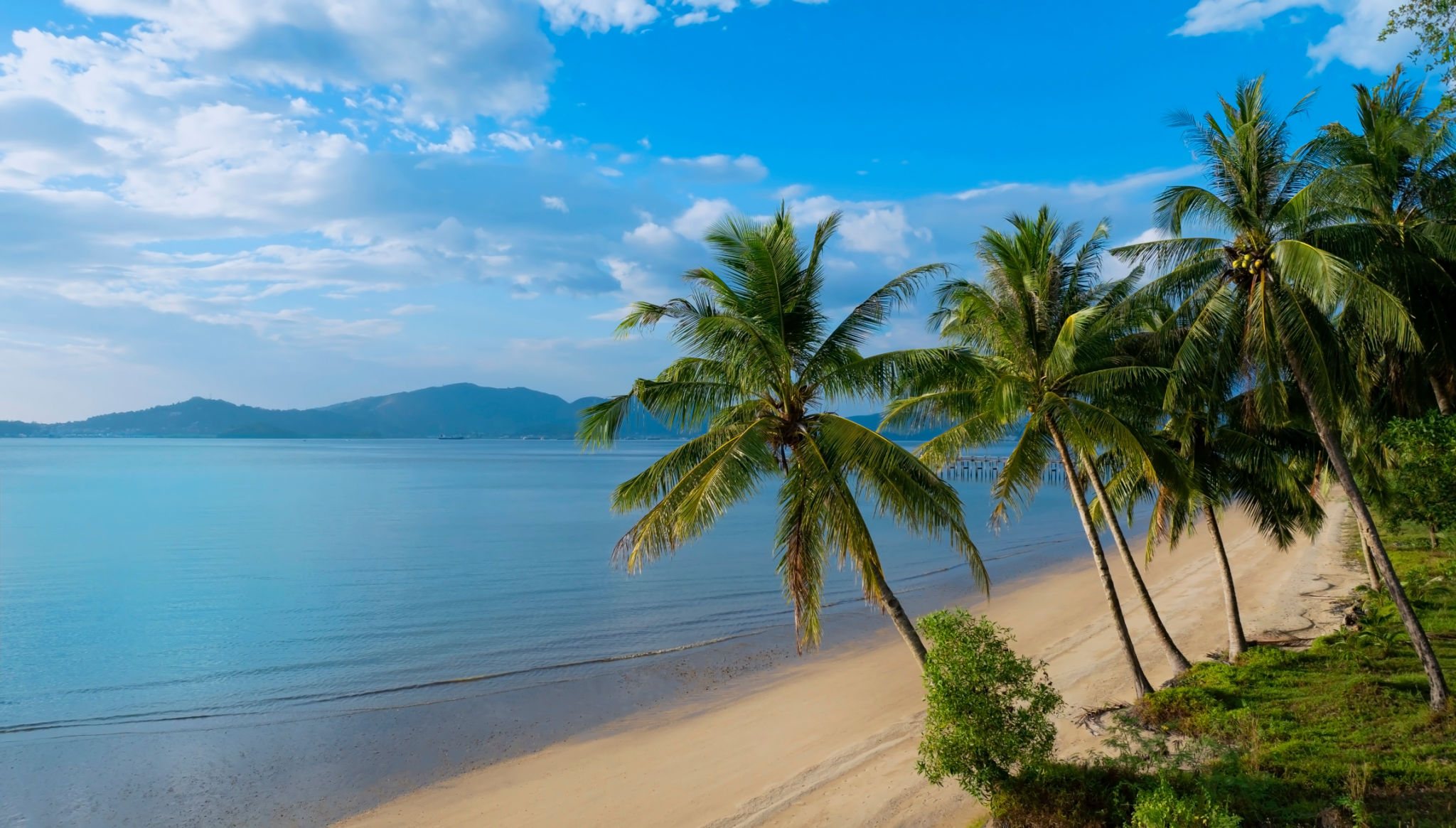Exploring Hawaiian Cultural Documentaries: A Deep Dive into Storytelling Traditions
MA
The Rich Tapestry of Hawaiian Storytelling
Hawaiian cultural documentaries offer a fascinating glimpse into the rich tapestry of storytelling traditions that have been passed down through generations. These visual narratives not only preserve the heritage and history of Hawaii but also celebrate its vibrant culture and the enduring spirit of its people. Through documentaries, viewers can explore the profound connection between the land, the ocean, and the Hawaiian identity.
Storytelling in Hawaii is more than just a means of entertainment; it is a vital cultural practice. From ancient chants and legends to contemporary tales, storytelling has been an essential way for Hawaiians to communicate values, beliefs, and historical events. Documentaries serve as a modern extension of this tradition, capturing the essence of these stories for future generations.

The Role of Oral Traditions
Oral traditions have always played a crucial role in preserving Hawaiian culture. Before the advent of written language, Hawaiians relied on oral storytelling to pass down knowledge and history. These stories were often told through mele (songs) and oli (chants), which were performed during important ceremonies and gatherings. Documentaries that focus on these oral traditions provide invaluable insights into how Hawaiians have maintained their identity over the centuries.
Modern documentaries often feature interviews with cultural practitioners and elders who share their wisdom and experiences. This not only helps in preserving these stories but also provides an opportunity for younger generations to learn about their heritage directly from those who have lived it.
Visual Storytelling in Documentaries
Hawaiian cultural documentaries excel in visual storytelling by showcasing the breathtaking landscapes and seascapes that have shaped the island's stories. Filmmakers use stunning visuals to create a sense of place, helping audiences connect with the environment that is central to Hawaiian life. The interplay between nature and culture is a recurring theme, highlighting how integral the natural world is to Hawaiian narratives.

For instance, documentaries often depict traditional practices such as fishing, farming, and navigation, illustrating how these activities are deeply intertwined with the islands' geography and climate. This visual representation helps audiences appreciate the unique relationship between Hawaiians and their surroundings.
Preserving Language Through Film
The Hawaiian language is an integral part of the islands' cultural identity. Documentaries play a significant role in its preservation by incorporating Hawaiian language interviews, songs, and chants. This not only educates viewers about the language but also encourages its use and revitalization.
Filmmakers often work closely with native speakers to ensure that the language is accurately represented. This collaboration results in documentaries that are not only informative but also respectful of the culture they aim to portray.

A Celebration of Diversity
Hawaiian cultural documentaries also celebrate the diversity within the islands. Hawaii is home to a rich mix of ethnicities and cultural influences, each contributing to its unique tapestry. Documentaries often explore how this diversity has shaped modern Hawaiian culture, highlighting stories from various communities and their contributions to the islands' identity.
By showcasing a wide range of perspectives, these films help foster a deeper understanding and appreciation of Hawaii's multicultural society. They serve as a bridge between different communities, promoting unity and respect for all cultures represented on the islands.
The Future of Hawaiian Storytelling
As technology continues to evolve, so too does the art of documentary filmmaking. Emerging filmmakers are using innovative techniques to tell Hawaiian stories in new and engaging ways. From virtual reality experiences to interactive documentaries, the future of Hawaiian storytelling is bright and full of possibilities.
These advancements ensure that Hawaiian cultural traditions will continue to thrive, reaching global audiences and inspiring future generations to connect with their heritage. Documentaries will undoubtedly remain a vital tool in preserving and celebrating Hawaii's rich storytelling legacy.